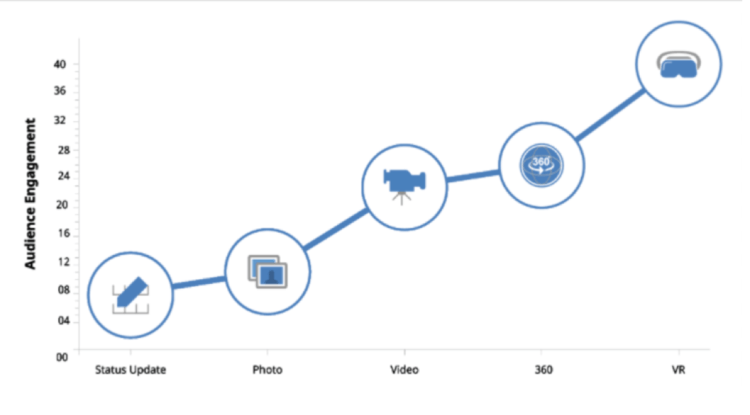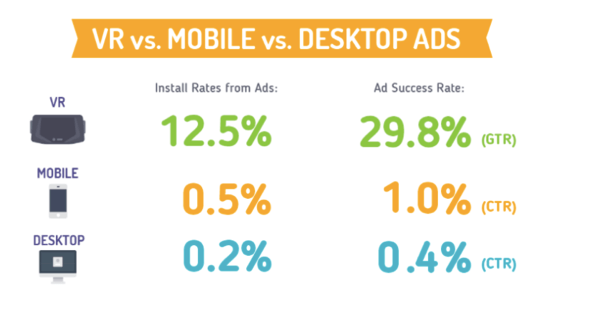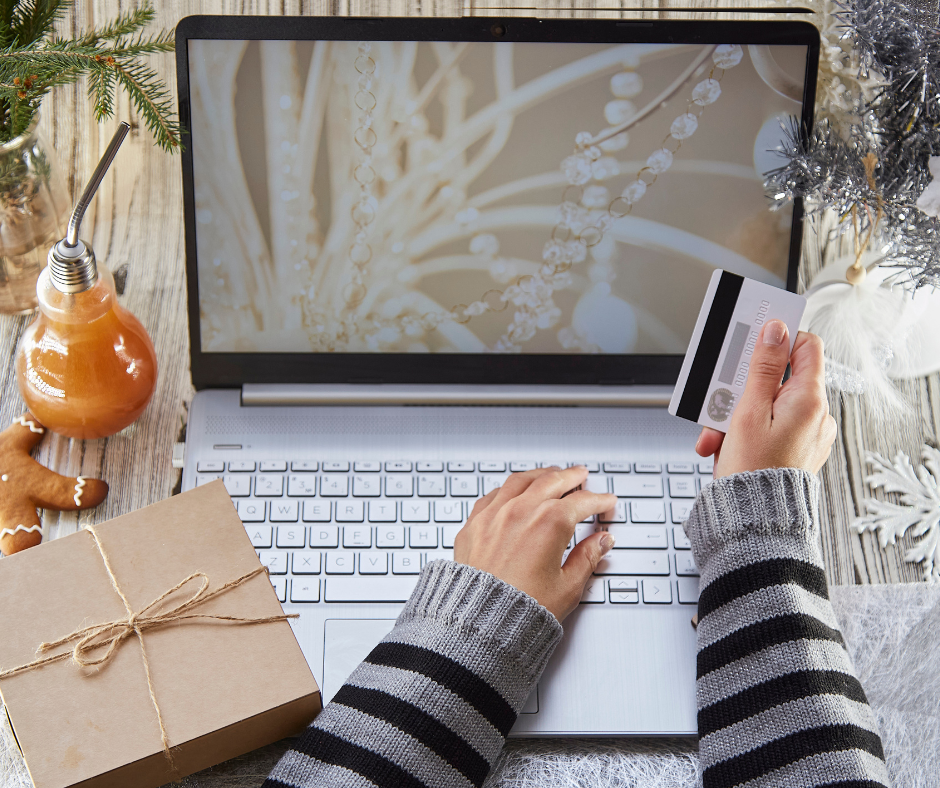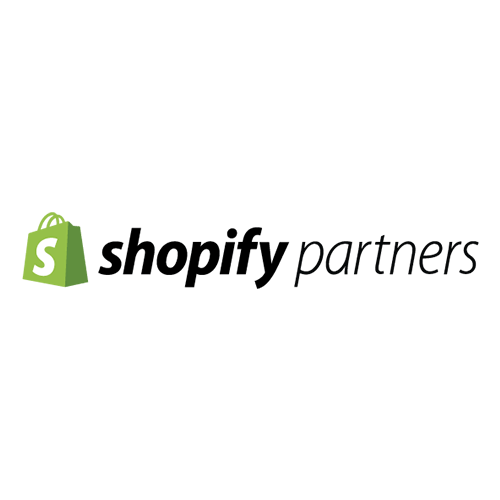How Second Realities are Changing Marketing As We Know It
The proof is in this statistic: 62% of consumers say they would feel more engaged with a brand that creates a virtual reality experience. When virtual reality invites users to interact with a brand in a new way, consumers' curiosity spikes and interaction rates increase.
The proof is in this statistic: 62% of consumers say they would feel more engaged with a brand that creates a virtual reality experience. When virtual reality invites users to interact with a brand in a new way, consumers' curiosity spikes and interaction rates increase.
In addition, 71% of consumers believe a brand is forward thinking if it uses virtual reality technology in its marketing.
However, incorporating virtual reality with no real goals or objectives won’t be advantageous. You need to apply virtual reality technologies to a story that would be enhanced by it. Industries that do well with virtual and augmented reality are travel & tourism, film, home design, education, gaming and event industries. In other words, virtual reality brings to life experiences that are engaging, personalized or useful and educational.
Never miss an update from “The Shoppe,” sign up for our email list today!
Subscribe
Sign up with your email address to receive news and updates.
Subscribe
We respect your privacy.


















